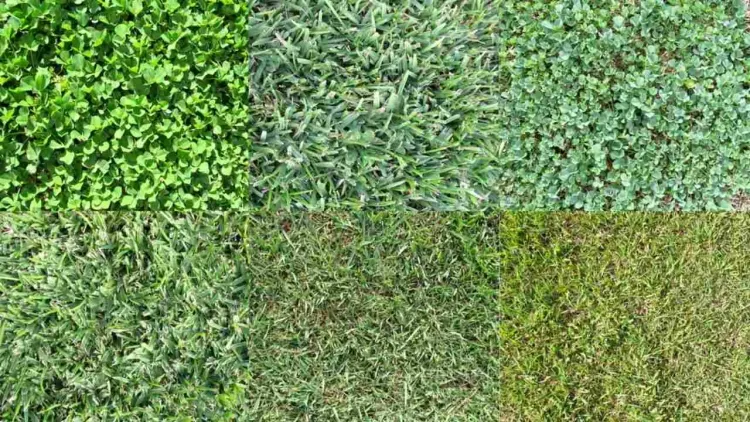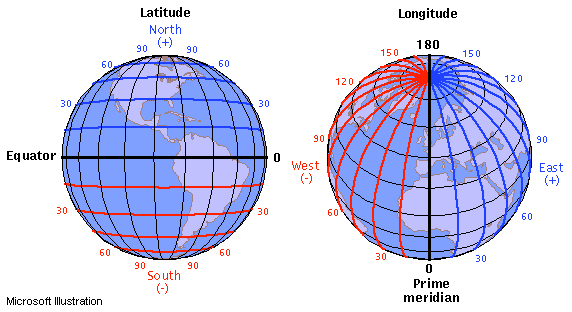Versatile Grasses: From Lawns to Livestock, Understanding Their Uses...!!!
Grasses are incredibly diverse and serve a wide range of purposes, from beautifying landscapes to providing essential nutrition for livestock. Understanding the different types of grasses and their uses can help in selecting the right species for specific needs, whether it be for a lush lawn, a productive pasture, or a vibrant garden.

Grasses are a vital component of ecosystems, serving various functions from providing food for livestock to beautifying landscapes. They come in many species, each adapted to different climates and soil conditions.
1. Turf Grasses
-
Description: Turf grasses are primarily used for lawns, golf courses, sports fields, and recreational areas. They are selected for their ability to form dense, uniform, and durable turf.
-
Types:
-
Kentucky Bluegrass: Known for its fine texture and rich green color, this grass thrives in cool climates and is widely used in lawns and athletic fields.
-
Bermuda Grass: A warm-season grass that is drought-tolerant and recovers quickly from damage, commonly used on golf courses and sports fields in warmer regions.
-
Fescue Grass: Includes several species like tall fescue and fine fescue, adaptable to various climates and known for their shade tolerance and durability.
-
-
Uses: Turf grasses create aesthetically pleasing lawns, provide a safe playing surface for sports, and reduce soil erosion in landscaped areas.
2. Ornamental Grasses
-
Description: Ornamental grasses are grown for their aesthetic appeal rather than for utility. They come in various heights, colors, and textures, adding visual interest to gardens and landscapes.
-
Types:
-
Maiden Grass (Miscanthus): Known for its graceful, arching leaves and feathery flower plumes, often used as a focal point in garden designs.
-
Blue Fescue: A small, clump-forming grass with blue-gray foliage, popular for its unique color and texture.
-
Feather Reed Grass (Calamagrostis): Features tall, slender stems with feathery plumes, commonly used in borders and as a background plant in gardens.
-
-
Uses: Ornamental grasses enhance the visual appeal of gardens, create naturalistic landscapes, and provide habitat for wildlife.

3. Forage Grasses
-
Description: Forage grasses are grown primarily for animal feed and are an essential component of pastures and hay fields, providing nutrition for livestock.
-
Types:
-
Timothy Grass: A cool-season grass known for its high nutritional value and palatability, commonly used for hay and pasture.
-
Alfalfa: Although technically a legume, often grown with forage grasses, highly nutritious and used for hay, silage, and pasture.
-
Bromegrass: Includes species like smooth bromegrass and meadow bromegrass, valued for their drought tolerance and high yield.
-
-
Uses: Forage grasses feed livestock, improve soil health, and prevent soil erosion in agricultural settings.
4. Native Grasses
-
Description: Native grasses are indigenous to specific regions and play a crucial role in maintaining the natural ecosystem. They are well-adapted to local climates and soil conditions.
-
Types:
-
Big Bluestem (Andropogon gerardii): A dominant grass of the North American tallgrass prairie, known for its height and resilience.
-
Switchgrass (Panicum virgatum): A versatile grass used for forage, erosion control, and biofuel production, native to North America.
-
Buffalo Grass (Buchloe dactyloides): A low-growing, drought-tolerant grass native to the Great Plains, used for lawns and erosion control.
-
-
Uses: Native grasses are used for habitat restoration, erosion control, and creating sustainable landscapes.
5. Aquatic and Wetland Grasses
-
Description: These grasses are adapted to grow in wet or submerged conditions and play a vital role in maintaining the health of aquatic ecosystems.
-
Types:
-
Reed Canary Grass (Phalaris arundinacea): A tall grass that thrives in wet areas, used for erosion control and as forage in wet meadows.
-
Cattail (Typha): Although not a true grass, cattail is often associated with wetland areas, providing habitat for wildlife and used for water filtration.
-
Wild Rice (Zizania): An aquatic grass grown for its edible seeds, important for wildlife habitat and wetland restoration.
-
-
Uses: Aquatic and wetland grasses are used for erosion control, habitat creation, water filtration, and as a food source.
Grasses are incredibly diverse and serve a wide range of purposes, from beautifying landscapes to providing essential nutrition for livestock. Understanding the different types of grasses and their uses can help in selecting the right species for specific needs, whether it be for a lush lawn, a productive pasture, or a vibrant garden.
What's Your Reaction?

















